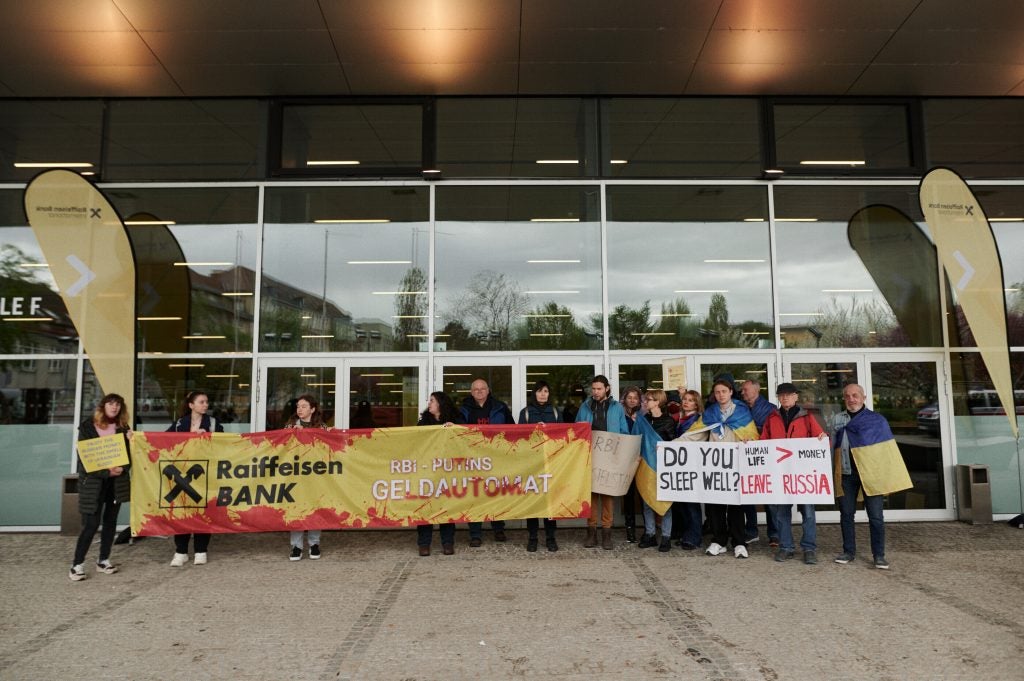With large players still active in the market, and
several large-scale contracts in the offing, helicopter finance
remains healthy, reports Antonio
Fabrizio
“Flat” was the way Stuart Harrison,
a partner at aviation consultancy group The International Aviation
Group (IAG), described the commercial helicopter market. He
qualified this by saying that there are “more people trying to sell
what they have got, rather than actually wanting to buy or rent a
helicopter”.
Despite this, incredibly, residual values in
this market appear to be sticking. According to Matthew Harvey,
head of asset finance at law firm Denton Wilde Sapte, values remain
high because the level of maintenance is very high – and
reassuringly so considering that a helicopter is made of around
10,000 moving parts when flying and in need of constant
maintenance.
“Because they hold their value, people are
prepared to take residual positions, look at longer periods of
financing and so forth,” Harvey added.
“As long as people do what they are meant to
be doing, these are assets that should come back in good
condition.”
Paul Sykes, a leasing manager at CHC
Helicopter Corporation – a top-two, world’s largest helicopter
operator alongside Bristow Group – added some of the models
purchased in the 1970s are still selling for more than 100 percent
of their value.
How well do you really know your competitors?
Access the most comprehensive Company Profiles on the market, powered by GlobalData. Save hours of research. Gain competitive edge.

Thank you!
Your download email will arrive shortly
Not ready to buy yet? Download a free sample
We are confident about the unique quality of our Company Profiles. However, we want you to make the most beneficial decision for your business, so we offer a free sample that you can download by submitting the below form
By GlobalDataIn the current market, he added, new models
with six or seven years down the line still get 95 percent
back.
Demand for helicopters also remains high in
certain sectors, particularly in the energy arena as they are
integral to the job of flying personnel in the oil and gas
industries on and offshore.
“Unlike the commercial aircraft market,
helicopters are not susceptible to cycles or to consumer-driven
demand, and what that leads to is really strong asset valuation
over their life,” Sykes said.
Demand for personal use helicopters has
slipped, however, not unnaturally given the shortage of freed-up
cash among the rich and famous at present.
There are still plenty of risks associated
with the helicopter finance sector, however. Repossessions are on
the rise, and the risk of bad debt is growing.
Harrison said: “I wouldn’t want to be in the
helicopter finance market, unless I had from the client solid
guarantees, deposits and payments underwritten by the top 20 banks,
because irrespective of their balance sheets, you want to know that
your costs are covered.”
Meanwhile, there are some large finance
contracts in the offing right now, particularly in the rescue
sector. A key one is the provision of helicopters for the UK
Maritime and Coastguard Agency (MCA). Having already acquired new
helicopters two years ago, the MCA is now looking for more for
civil or military use.
In the tendering process for this plan, two
consortia, Air Knight (made up of the manufacturer Lockheed Martin,
the funder VT Group and British International Helicopters) and
Satyria (CHC, Thales and RBS) have reached the final stage and a
preferred bidder is expected to be announced before Christmas.
Sykes said that CHC uses a variety of
financiers all over the world, predominantly in oil-producing
countries. They include Nordic, Canadian and European banks.
He said: “We are a company that needs to move
aircraft around, so we rely on having very strong relationships
with our lessors, to be able to service our requirements
globally.”
That means operating in some “more
challenging” jurisdictions than the European market, including
remote regions in Africa or Latin America in which oil can be
found.
But after a number of years spent working with
financiers and also “educating” them on these assets, according to
Sykes, things have now become easier, because “there are more and
more experts in the field coming into the finance arena, and more
and more people with an appetite for companies like CHC”.
Funders for these MCA helicopters will
probably use a mix of asset and project finance as they will be
funding a fleet of helicopters, rather than single assets. The
smaller, one-off finance market remains healthy with Lombard, Close
Aviation, Bank of America Erste Bank, GE Capital and Lloyds Banking
Group still active players.
Abbey, part of the Santander Group, inherited
a small helicopter leasing portfolio from Alliance & Leicester
last year, and is currently focused on existing customers.
Another feature of the downturn has been the
increase of so called hourly contracts – where clients basically
buy a package with a minimum of 25 hours to use helicopters – as
well as part-ownership.
The likes of Lombard, however, continue to
provide high volumes of loans for the helicopter sector. It offers
a variety of different financing structures for helicopters, from
straightforward operating leases – typically on a 10 year-term and
a minimum value of £100,000 – to complex project finance structures
for public sector use.
Simon Welling, head of Lombard Aviation
Finance, claimed the lessor is “well placed and more than capable
of delivering a full proposition all of the way from simple debt
products, through to structured club facility operating
leases”.
He added that the company takes “residual
values, but only for operating leases for corporate entities”.







